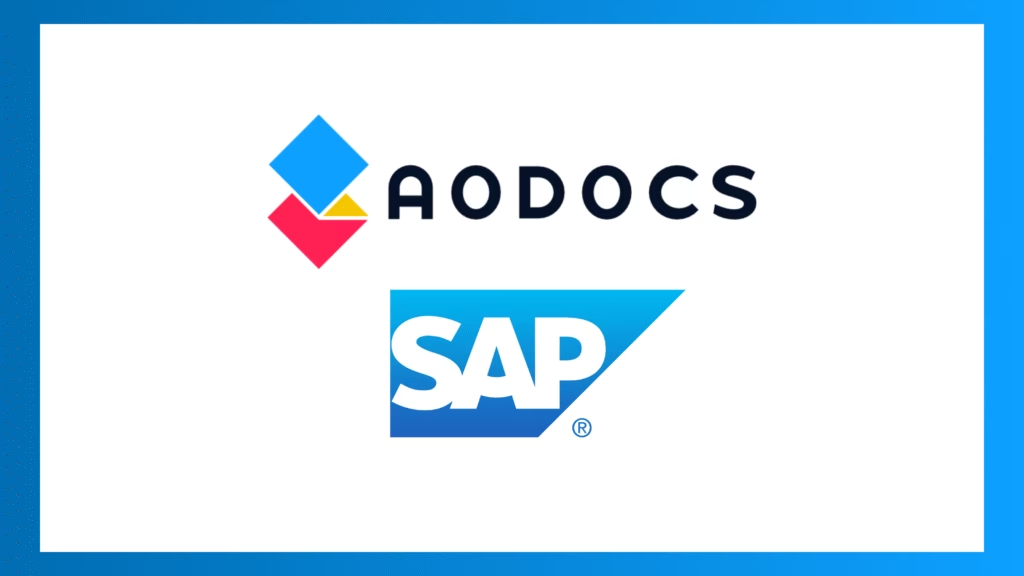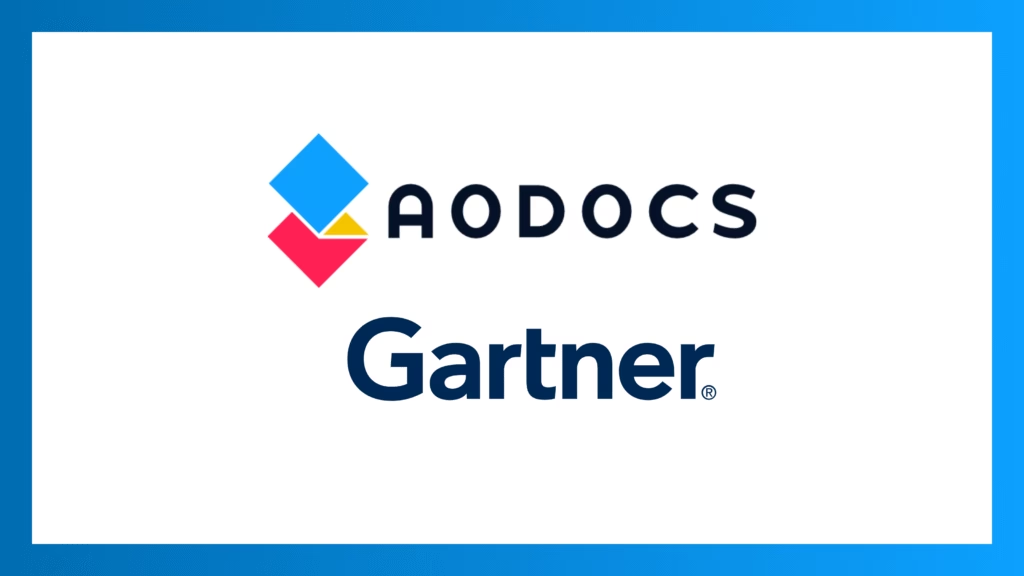For years, data-driven organizations have struggled with vendor lock-in: critical documents stuck in legacy systems, rising costs, and limited flexibility to adopt new tools. The EU Data Act tackles these barriers, enabling more flexible and cost-effective solutions.
Do you ever feel that your organization’s most critical business documents are trapped in a system you couldn’t leave—no matter how high the costs or outdated the technology? For years, vendor lock-in has created exactly this scenario. Now, with the EU Data Act coming into application, businesses have a new safeguard against it, making it easier to move data when switching providers and choose flexible solutions that better fit their needs.
Read on to find out how you can leverage the new rules for your business.
What just happened?
The EU Data Act has officially come into play on 12 September ‘25. Among its many provisions, it introduces means to facilitate businesses’ and individuals’ ability to switch cloud and data processing services more easily, without facing technical, contractual, or financial barriers. In short: vendor lock-in is no longer acceptable.
Why is vendor lock-in such a problem for critical documents?
Vendor lock-in happens when your service provider makes it costly or technically difficult to move your data elsewhere. For critical business documents—records that often need to be preserved for years or even decades—this is risky. It can mean:
- Rising costs as you are forced into expensive upgrades or maintenance fees.
- Stalled innovation if your system can’t support new tools like generative AI.
- Governance challenges as your provider controls where and how your data is stored.
- Business continuity risks if the system becomes obsolete or unsupported.
The EU Data Act recognizes these risks and ensures that organizations are free to move their data and digital assets between providers or back into their own infrastructure.
What does the EU Data Act actually require?
The Data Act’s cloud switching provisions (Chapter VI, Articles 23–31) are designed to give customers control over their data. Key points include:
- Freedom to switch: Providers must remove technical and contractual obstacles to migration. Customers can move their data to another provider or to their own IT systems.
- Transparency: Providers must publish clear information about switching procedures, supported formats, and any restrictions.
- Structured data formats: Data must be exportable in machine-readable, interoperable formats.
- Reasonable timelines: Customers can initiate a switch with no more than two months’ notice; data retrieval must be possible for at least 30 days after termination.
- Phased-out fees: Switching charges are allowed only until 2027, after which they will be prohibited (except for premium services like accelerated transfers).
In short, the law is designed to level the playing field, strengthen competition, and give businesses real choices
How does this connect to new generation Document Management Systems?
At AODocs, we’ve built our platform around the principle that your documents should remain yours:
- No lock-in: Because your files stay in your own storage, reversibility is built-in. You’re not trapped in a black box.
- Your documents, your cloud: Whether you choose Google Cloud, AWS S3, Azure, or Google Drive, you decide in which country or territory your files are hosted, how they are encrypted, and which security settings apply.
- Seamless migration: We provide integrated tools and expert services to migrate billions of documents from legacy systems like SharePoint, FileNet, and Documentum—without downtime or disruption.
- Future-proofed innovation: Once migrated, your documents are ready to benefit from AI-driven assistants, automated workflows, and smart search, while remaining under your control.
Why migrating now might make more sense than ever before?
Legacy document management systems are becoming a liability. They’re costly, inflexible, and poorly suited to the AI-driven future of work. With the EU Data Act now reinforcing your ability to switch, there’s never been a better moment to modernize.
Migrating to AODocs means:
- Risk-free transition with guaranteed data integrity.
- Continued business operations during migration.
- Immediate cost savings by eliminating hidden vendor fees.
- Strategic advantages from AI-powered productivity and compliance tools
What’s the bottom line?
The EU Data Act makes it clear: vendor lock-in is over. Organizations must be free to move their critical information wherever it serves them best. AODocs has embraced this principle from day one. If you’re ready to unlock the value of your documents, modernize your infrastructure, and ensure long-term control over your data, AODocs is here to help.
Going forward with flexible, reliable, future-ready Document Management
The EU Data Act can be more than a regulatory shift. — it’s an opportunity to modernize how your organization manages its documents. By enabling seamless migration and greater control over your data, businesses can reduce risks, improve efficiency, and unlock new ways to leverage AI and automation.
👉 Learn how AODocs supports risk-free document migration and modern enterprise content management.
👉 Explore our solutions for intelligent Enterprise Document Management.



